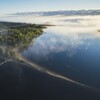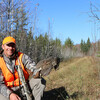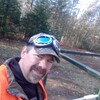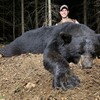
Spring Scouting Guide
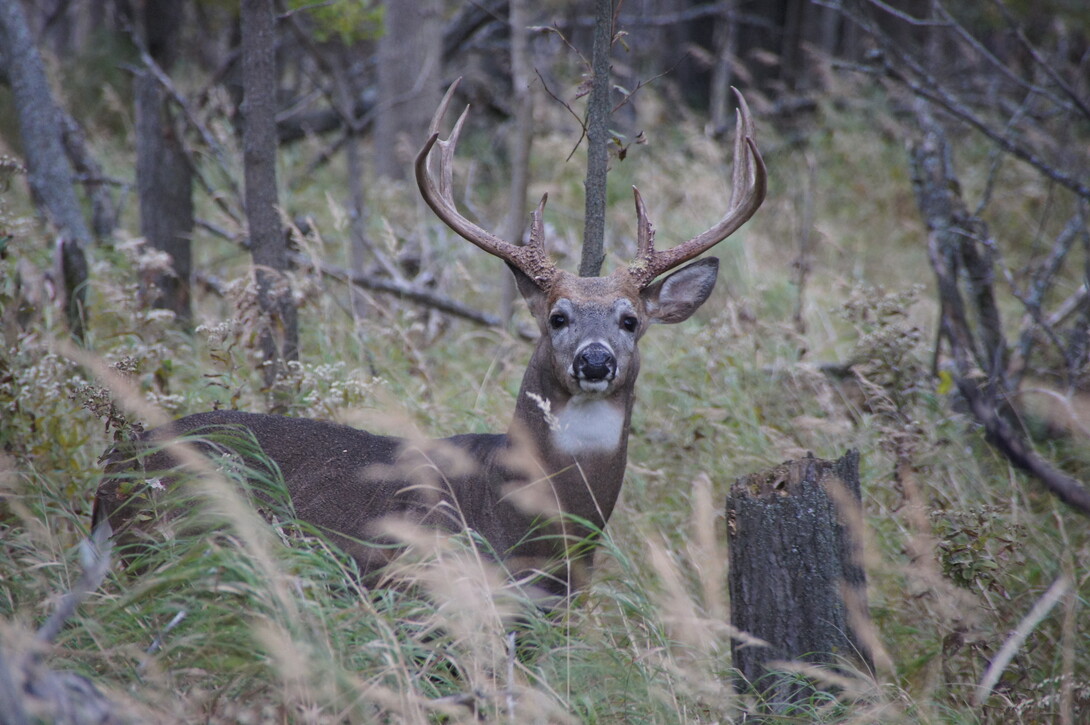
When the snow finally recedes in Northern Ontario, many outdoors people tend to focus on angling. However, if you are a hunter who really wants to get a jump on the season, there is no better time than spring to get some scouting in. There are many reasons for that, including the lack of leaves and plants that can quickly obscure a lot of great information. Here is a rundown on what to look for when spring scouting deer and moose.
Sheds Can Tell You A Lot
Late every year, both bucks and bulls will drop the antlers they have worn all fall. The timing of when the antlers drop varies, but it is usually at a time when snow covers them up quickly. When the snow melts, and before the leaves burst out, is your best opportunity to find those shed antlers. Besides being a very cool thing to have, sheds can tell you a lot about what animals are around the area and whether they made it through the hunting season. Sheds are often dropped close to each other, so if you find one, make sure you do a good long search in the general vicinity of the other side. If you have seen bucks or bulls on your trail cams, it's very exciting to find the sheds of those animals.
Rubs, Thrash, Scrapes, and Rut Pits
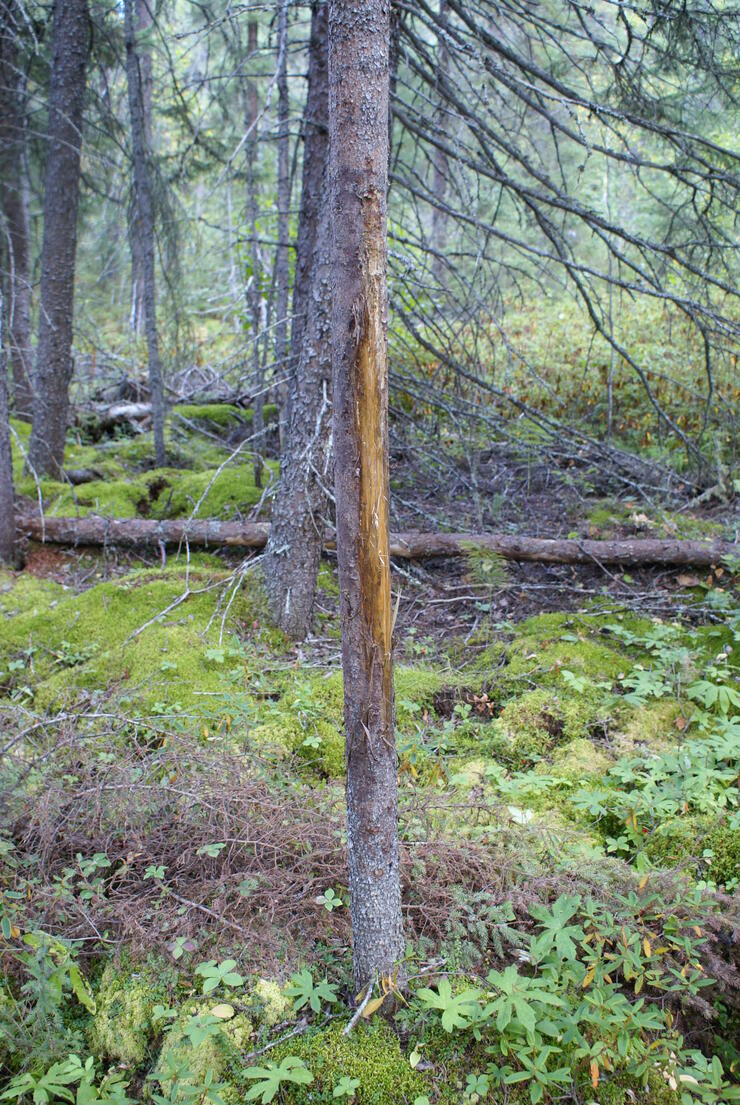
Spring scouting is a good time to check for the markers of buck and bull activity in a hunting area. Rubs are areas where bucks or bulls have scraped antlers on trees to both mark territory and work out some of the aggression that's boiling in them during the rut. A moose rub will be large and generally higher up on a tree than a buck rub. Areas that have extensive rubs will usually be busy again. Bull moose will also thrash trees and snap small ones over. If you find swamps or openings with large amounts of trash, you can expect that moose are using it to battle and tend to cows. In other words, this is a good place to set up shop come fall.
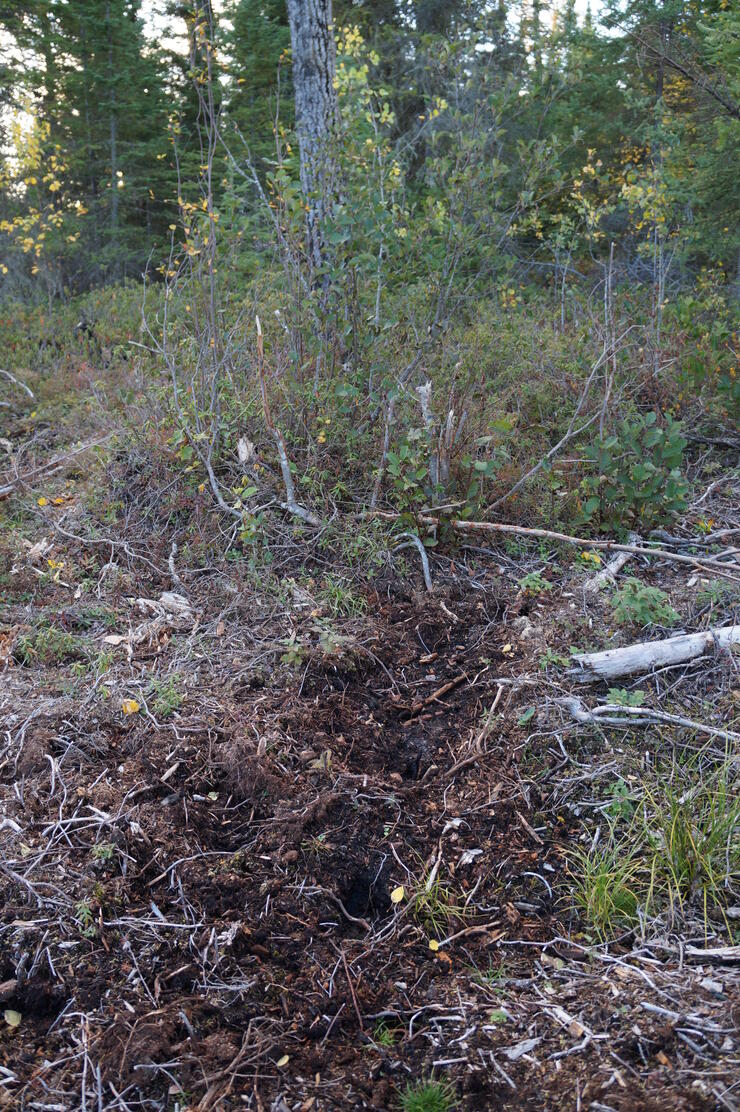
(Photo credit: Gord Ellis)
Some other things to look for are scrapes from bucks and rut pits made by bulls. Scrapes are turned-up areas of soil and vary in size from smallish to the size of a garbage can lid. Scrapes are often located under overhanging branches on large conifers such as spruce. A few scrapes in a row is a good sign that a buck or two is frequenting the area come fall. Rut pits are large holes that bulls scrape out and urinate in. These wallows are also markers of the presence of mature animals and a decent pocket of moose. If you have a handheld GPS, they are worth marking as they will likely be worked again in the subsequent fall.
What Trails Tell Us
Deer and moose trails are easy to see in the spring and look like well-worn highways. Yet as soon as the leaves pop out and grasses grow, the trails practically disappear. So get out there as soon as possible. You can learn a ton about deer and moose movement by following and mapping out trails. The trails will often be located between main feeding and bedding areas. Trails that intersect can also be good places to set up tree stands or ground blinds. Spring is a good time to choose a tree in which to hang a stand and then put it up. The less noise and disturbance made during the actual hunt, the better. Trails are also a great place to put up a trail cam or two. Although the fall is still a long way off, a trail cam left to take pictures for a few weeks at a time will not only give you an idea about how many animals are around, but it will also show you the bucks and bulls and how the antlers are developing. It's amazing just how quickly a mature buck or bull will start showing its headgear. Even in velvet, those antlers can't help but get the red-blooded hunter excited for fall.
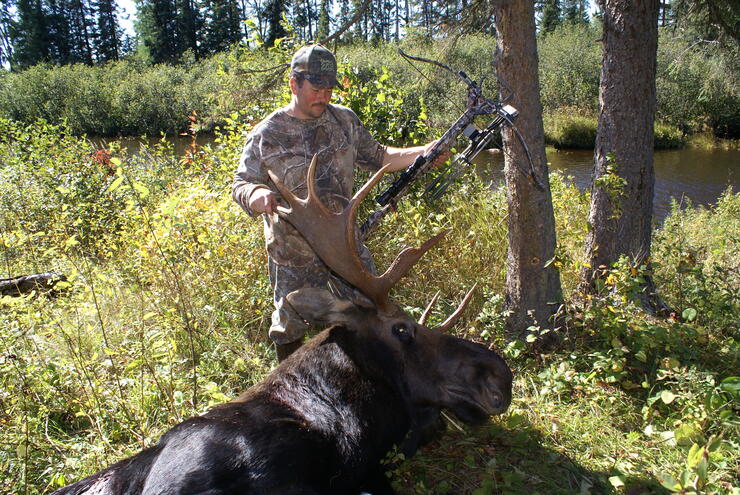
Miscellaneous Finds
Although this may seem like an odd reason, spring scouting is a great time to find lost gear. Every spring, I collect gloves, bullets, arrows, and even money that I've dropped, left, or lost during the previous hunt. A quick scope below a tree stands almost always turns up some lost treasure. And with the cost of hunting gear these days, I'm always happy to discover stuff I've lost.
Spring scouting in the woods is time well spent. If you want to get a leg up on the moose and deer this fall, it's never too early to start your hunt preparation.
Recommended Articles

A Bear of a Lifetime
Hunting with The Wind
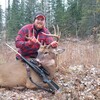
26 Amazing Whitetail Hunting Lodges in Sunset Country
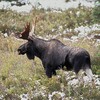
Ogoki Moose

Crossing the Border into Canada

Turkey for Lillian
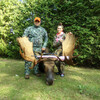
Ontario's Largest Moose by a Female
Deer Hunting in Sunset Country
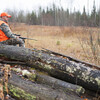
The Lows and Highs of a Deer Hunt
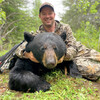
Spring Bears with Canada in the Rough
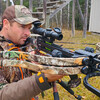
A Whitetail Hunt with Border Country Outfitters
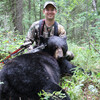
How to hunt black bears
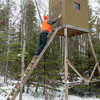
Bonny Bay Bucks
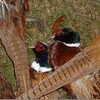
Pelee Pheasant

Flushing in Norfolk
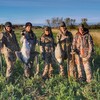
A Beginner's Guide to Hunting in Ontario
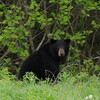
Marten River Bear
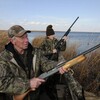
Long Point Bay
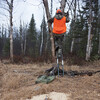
11th-hour deer
